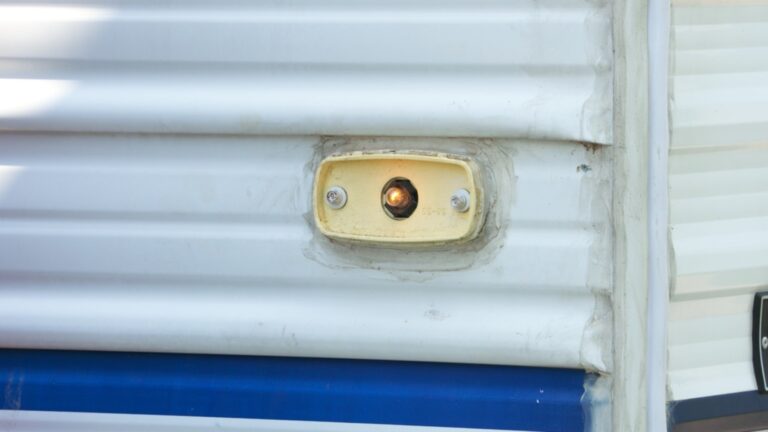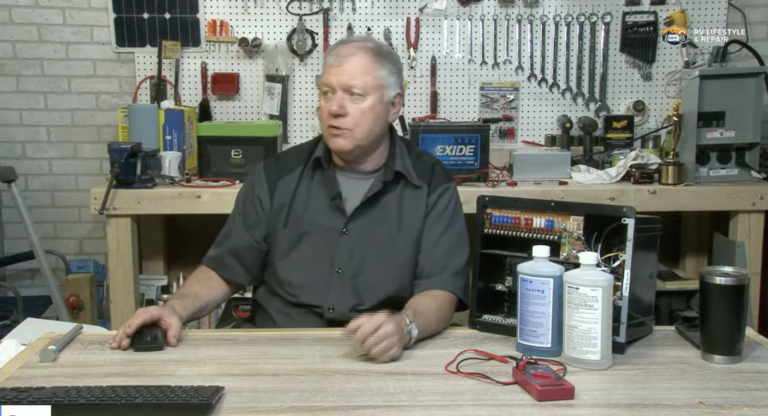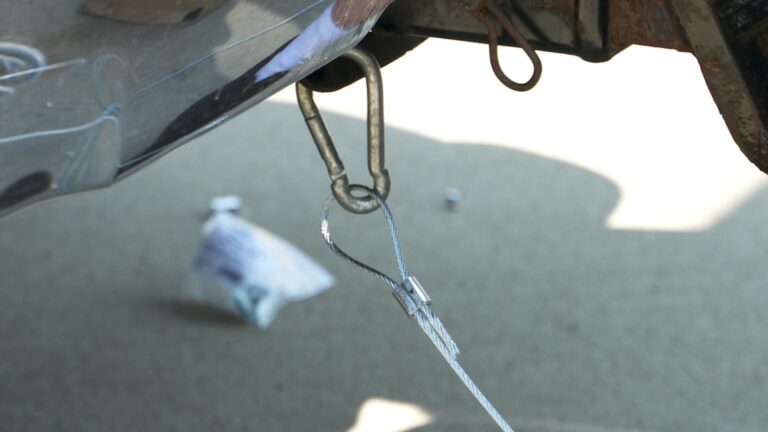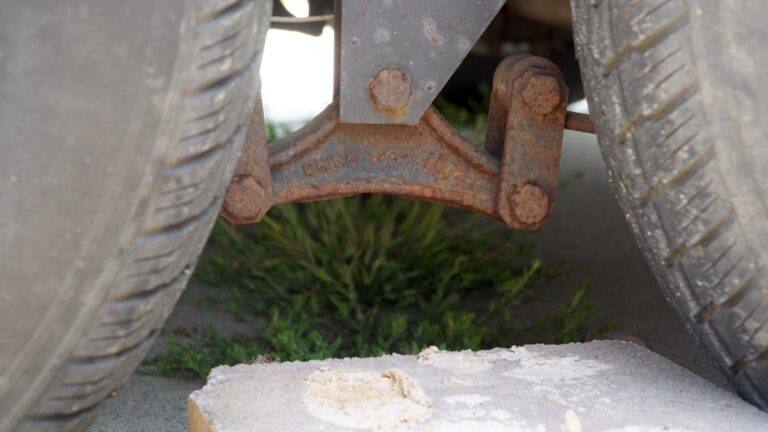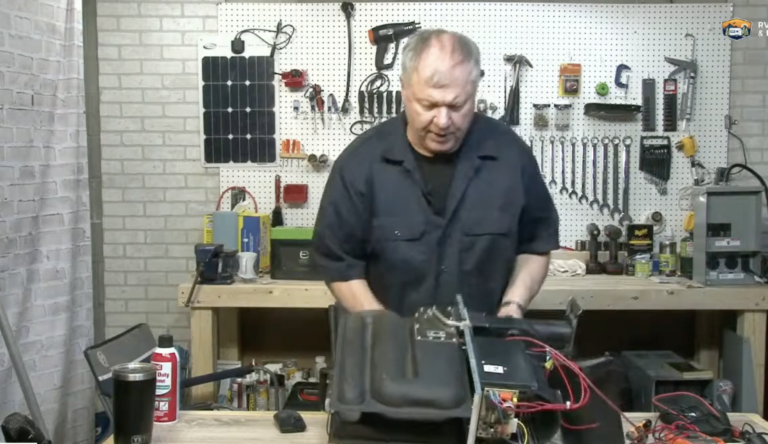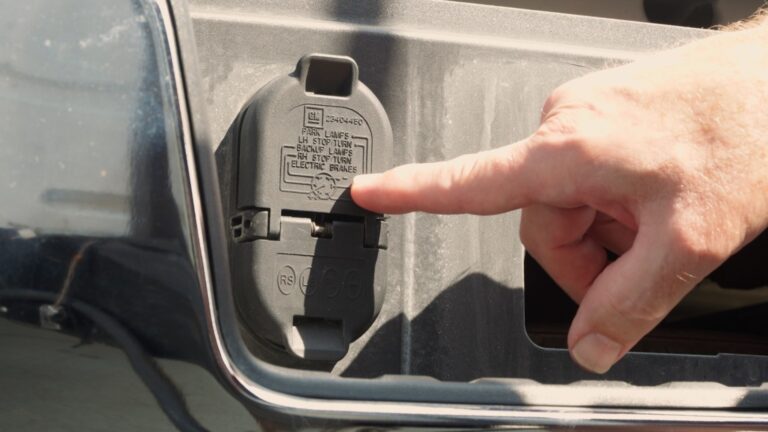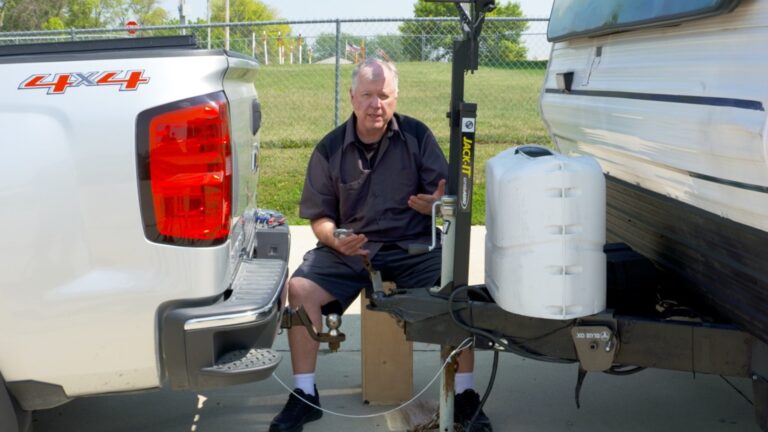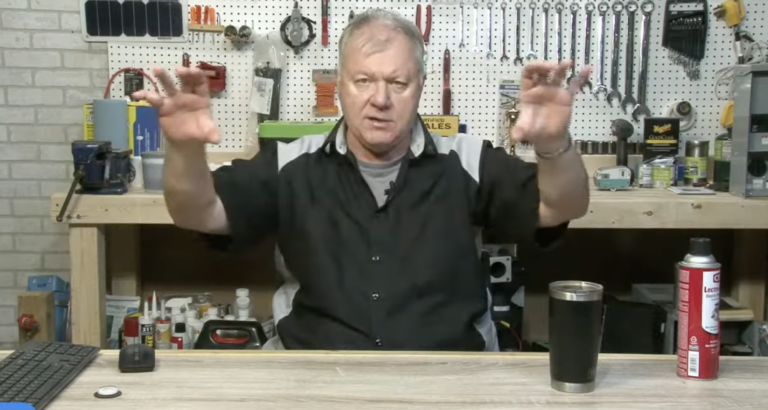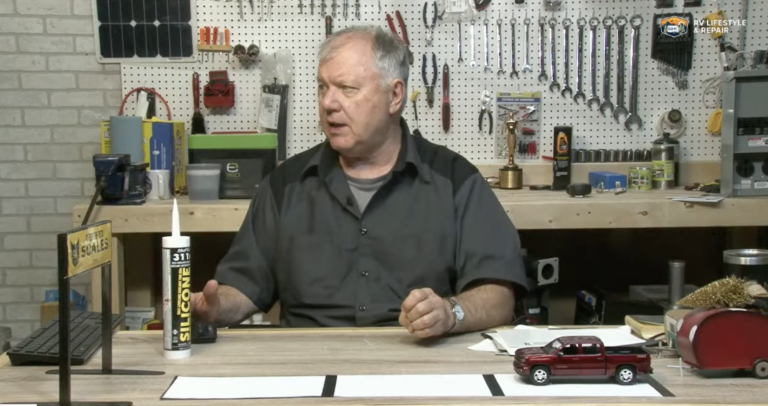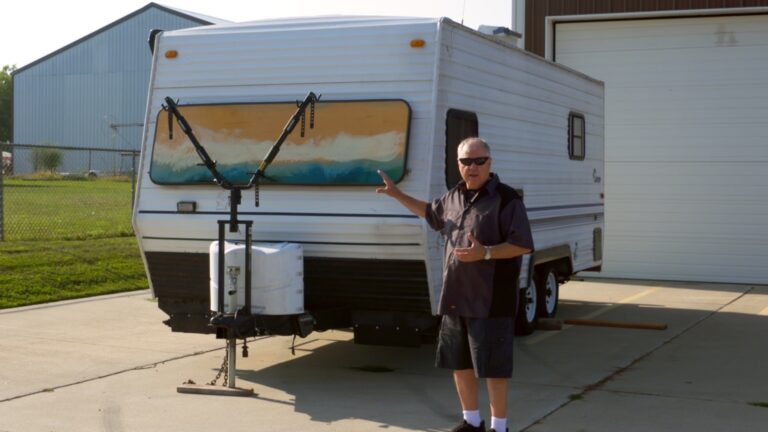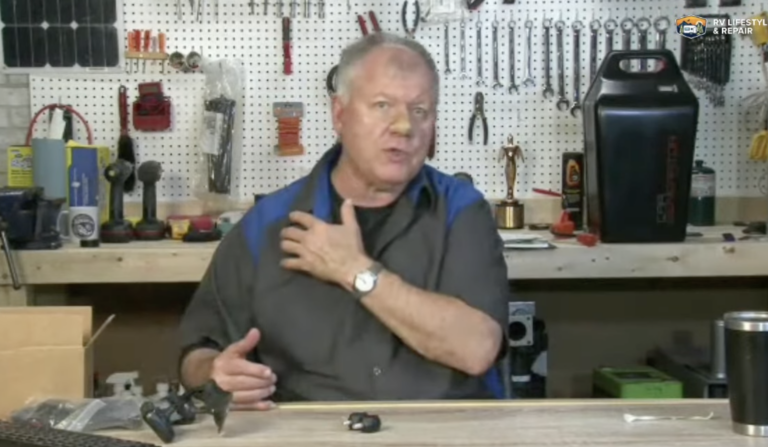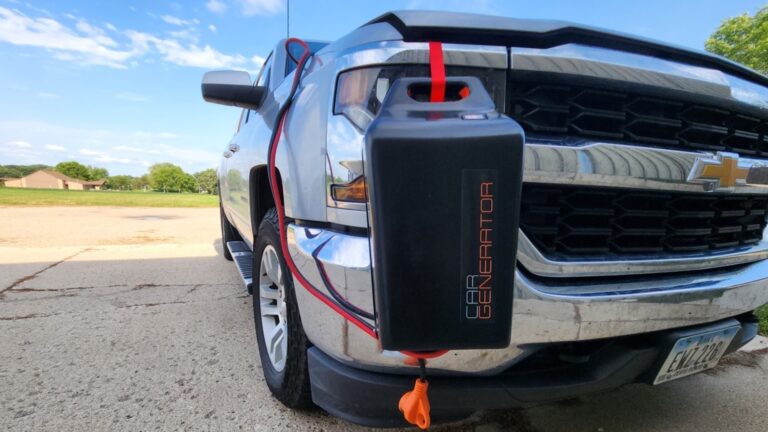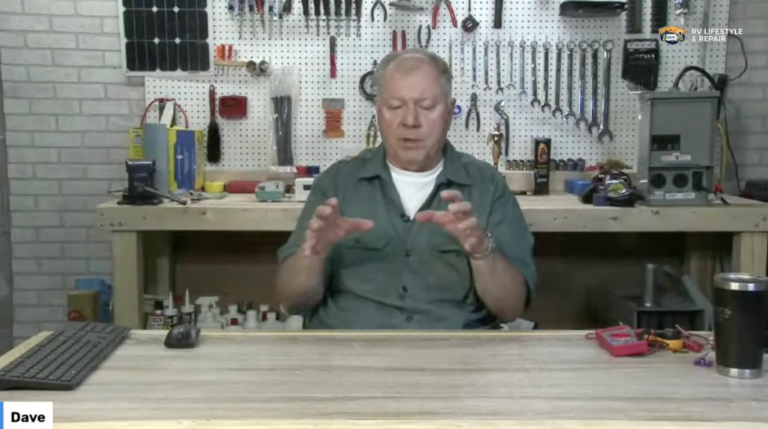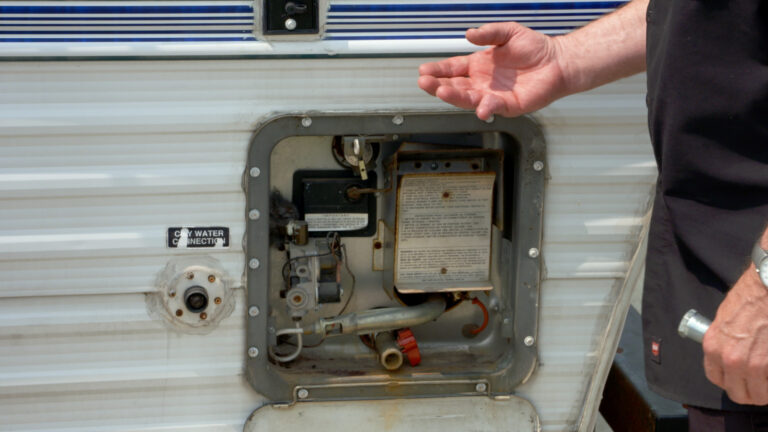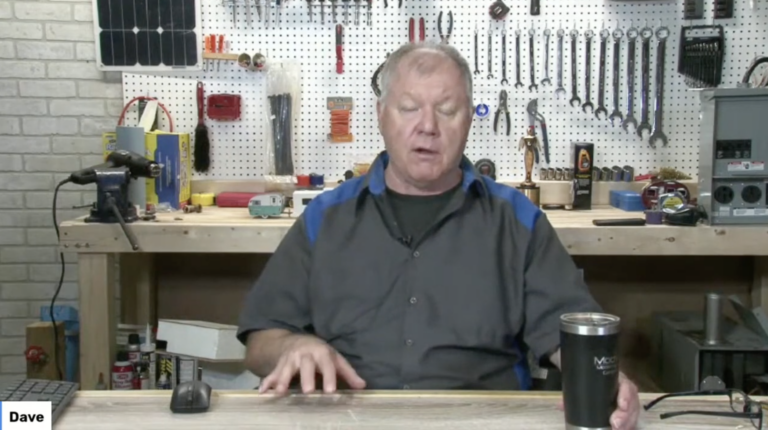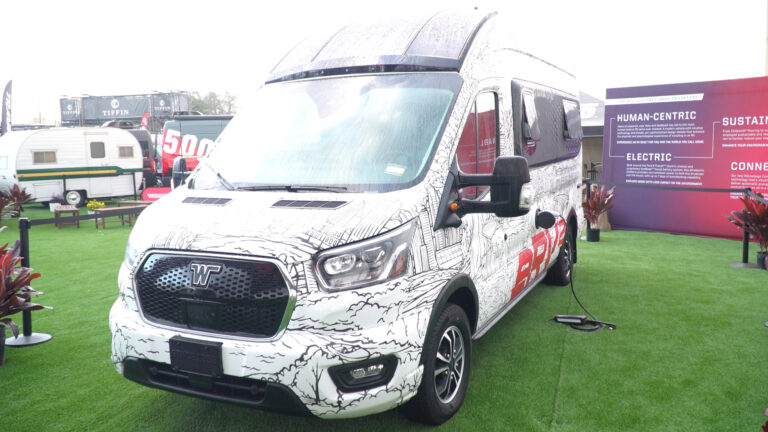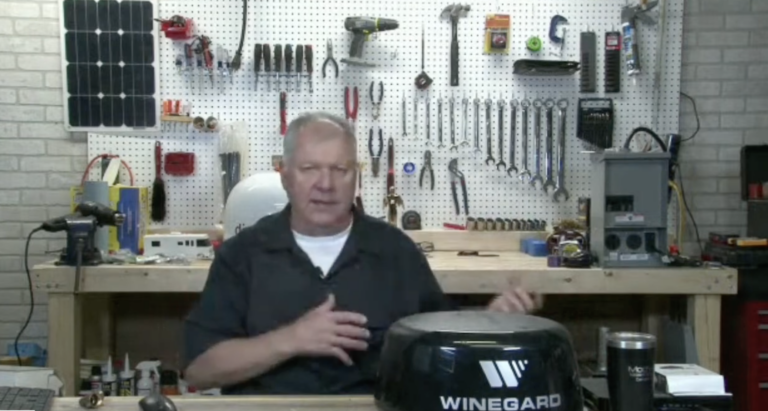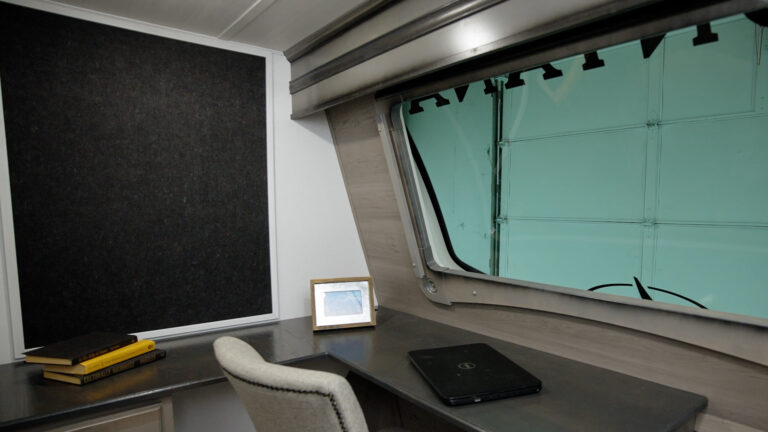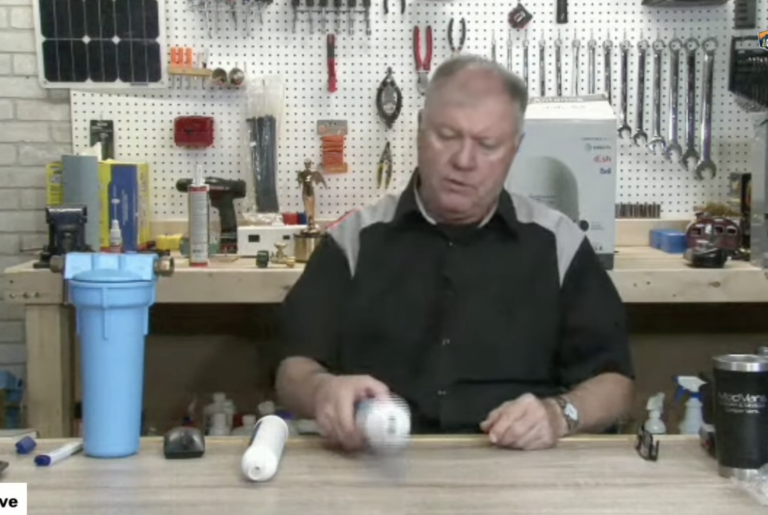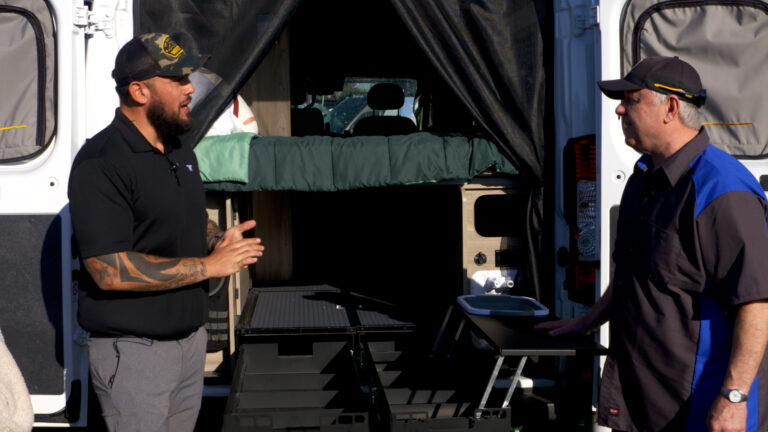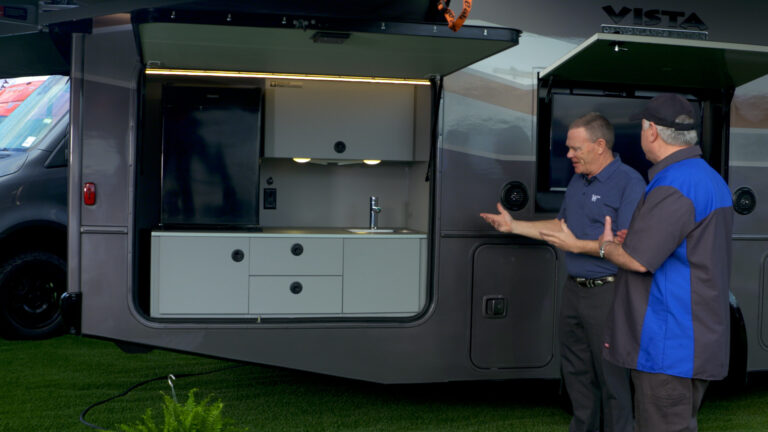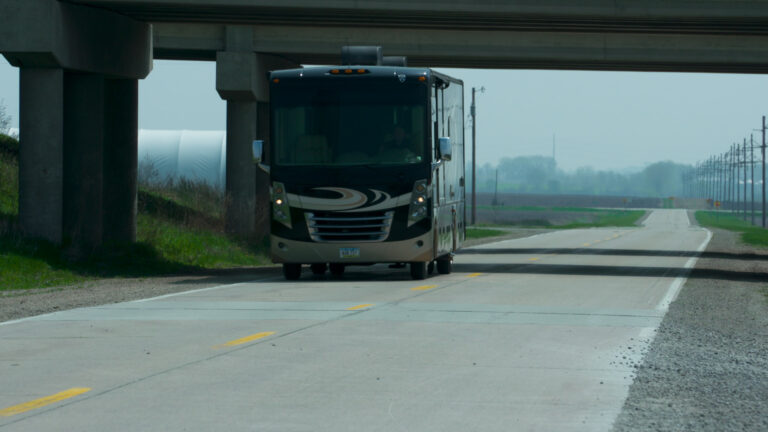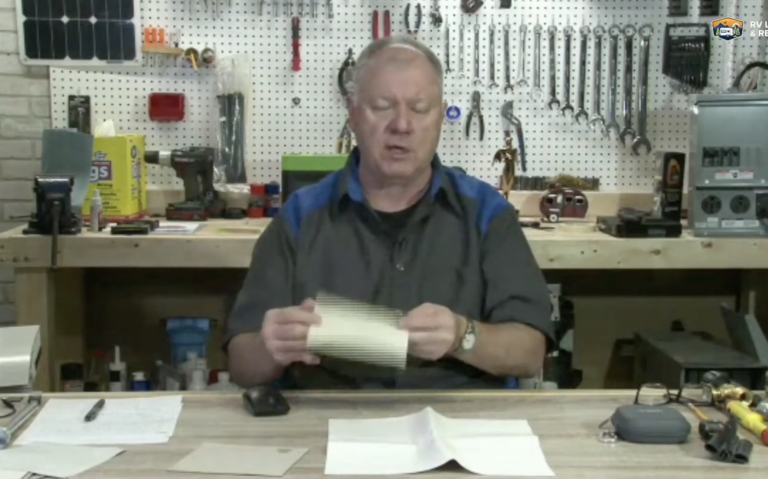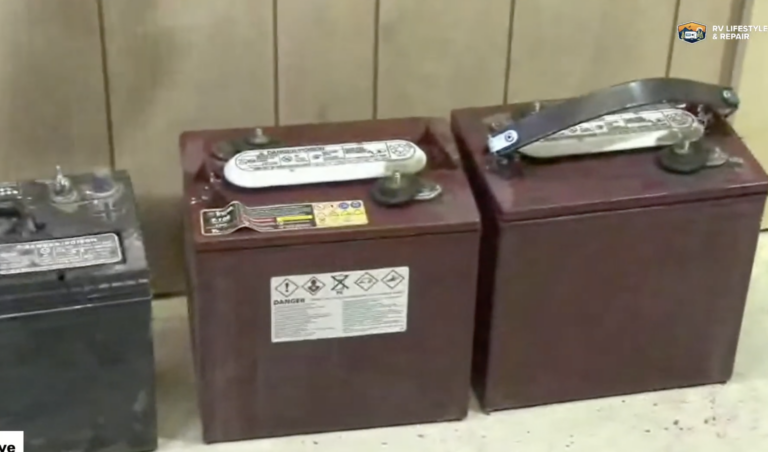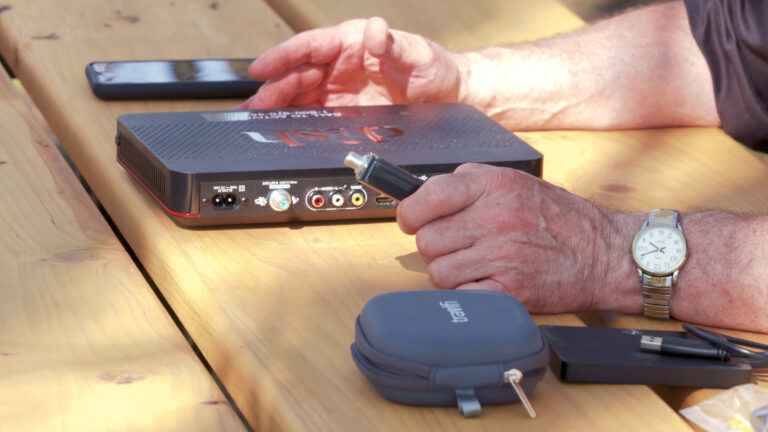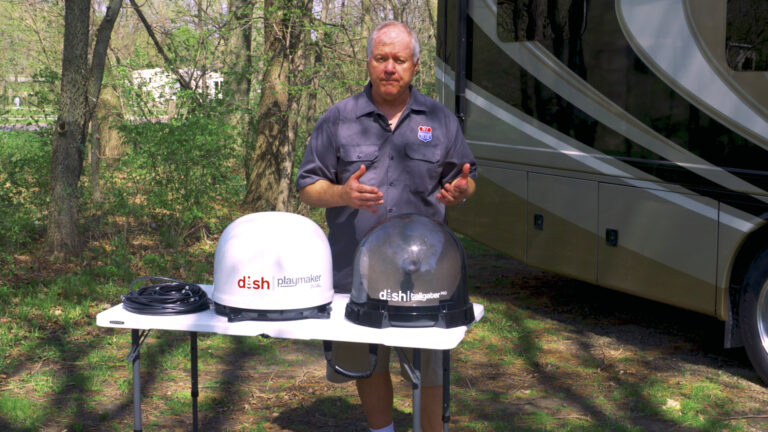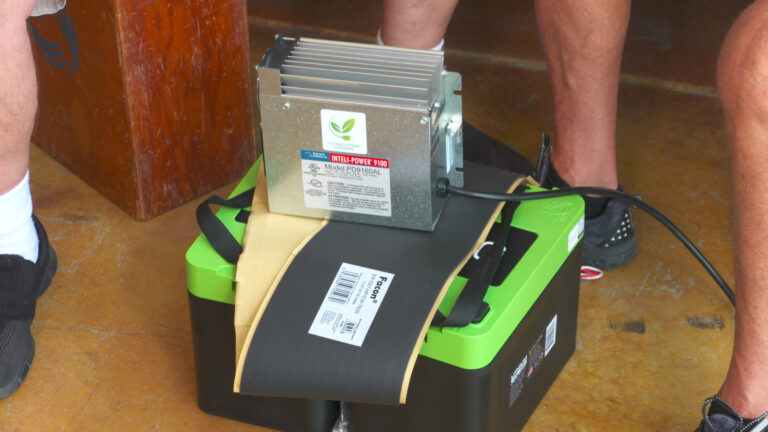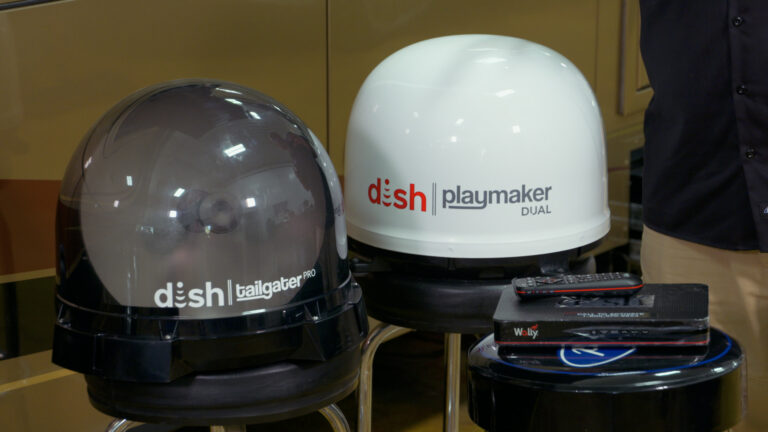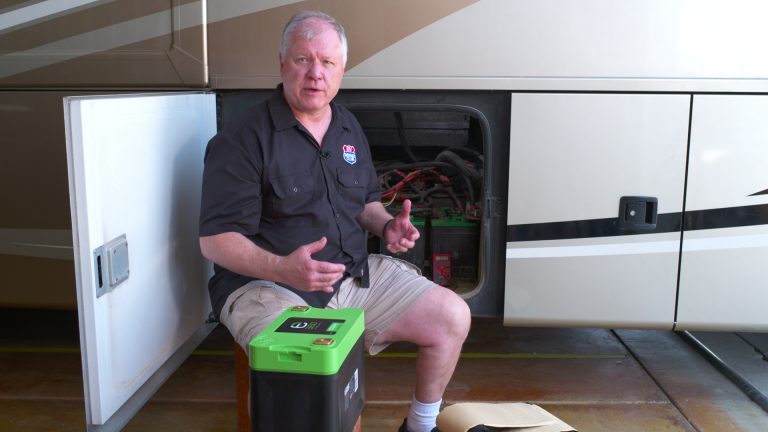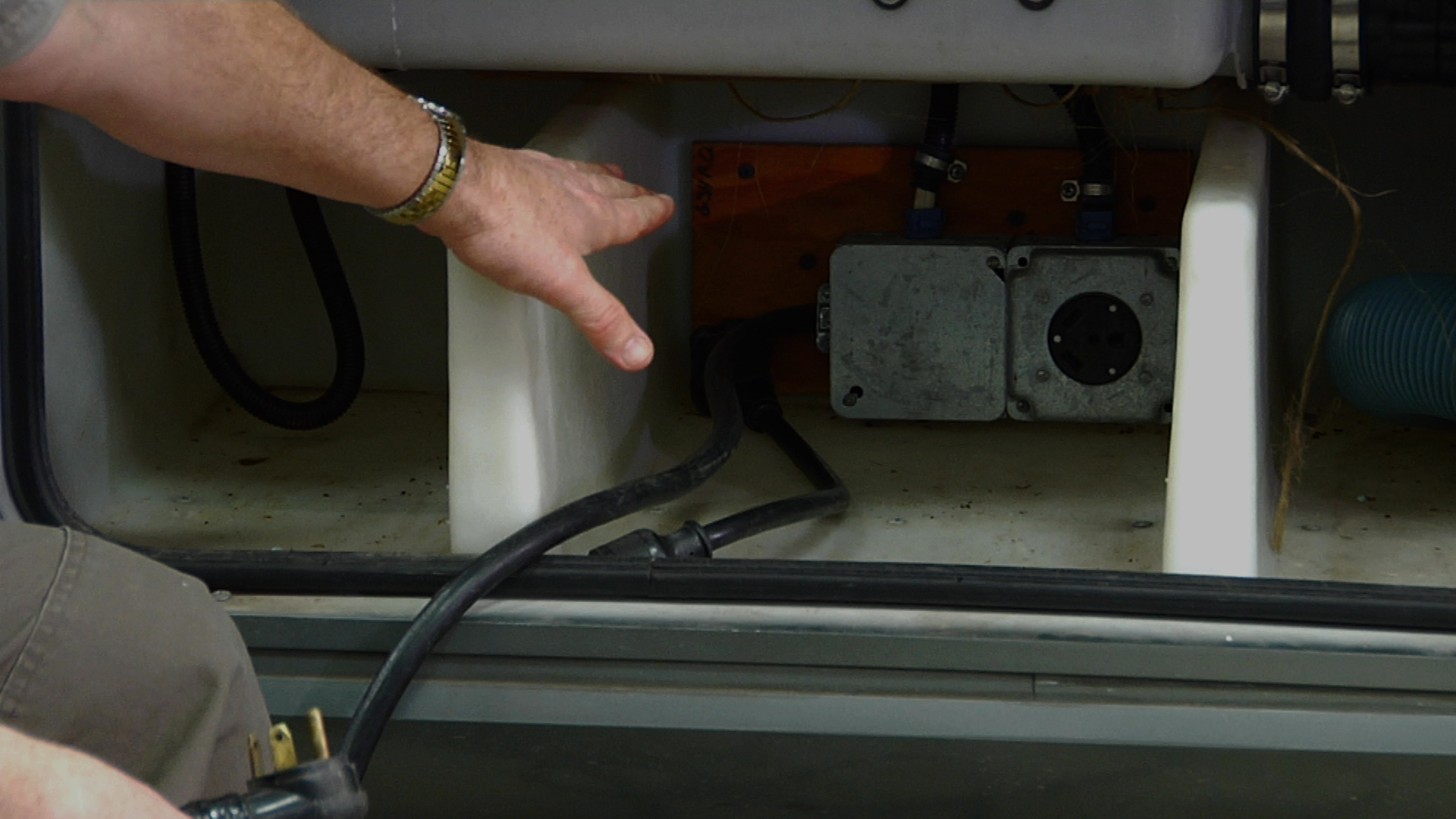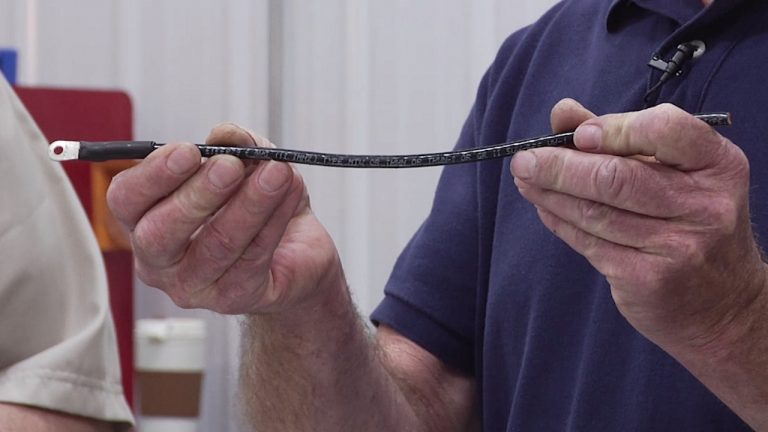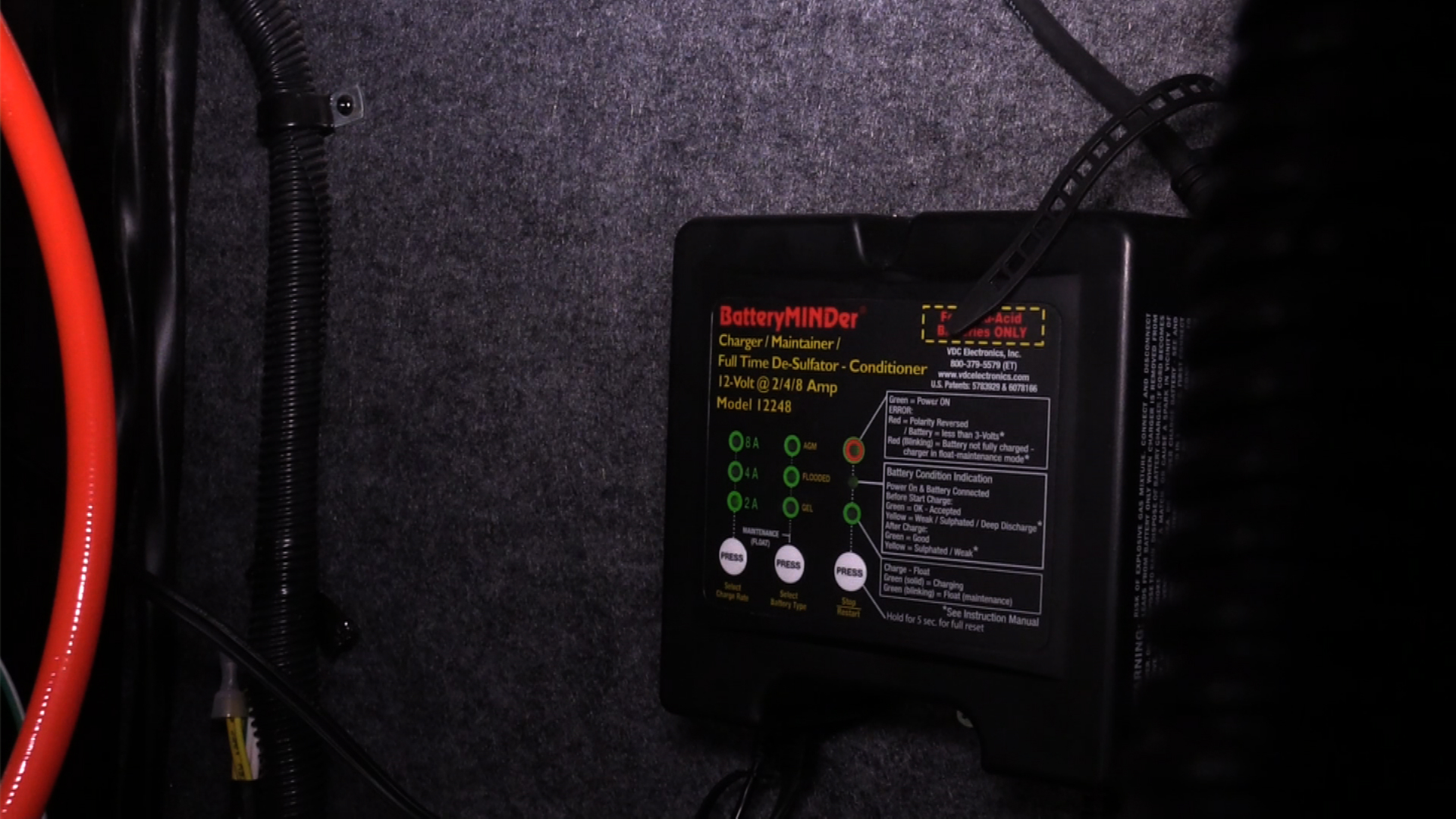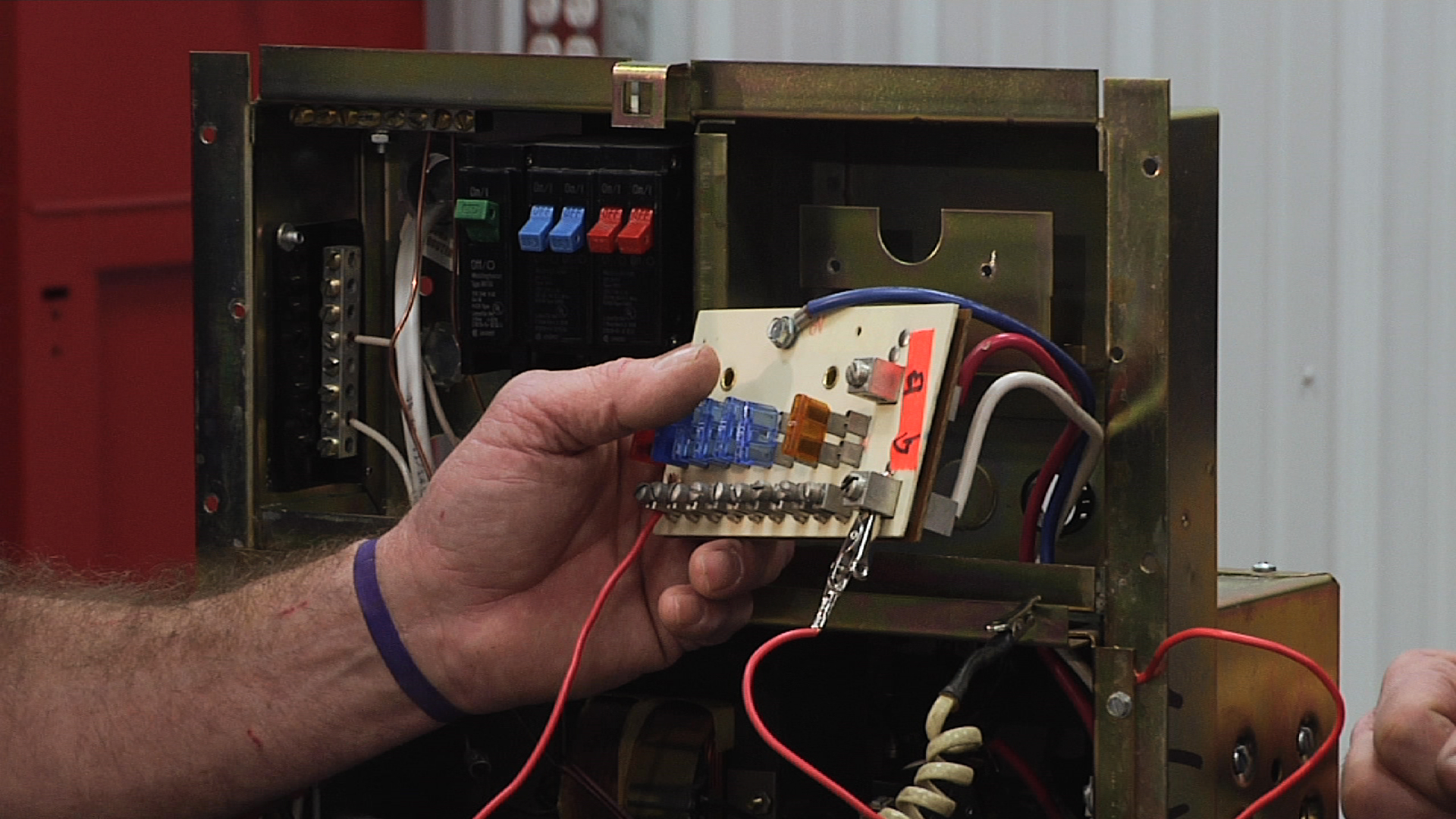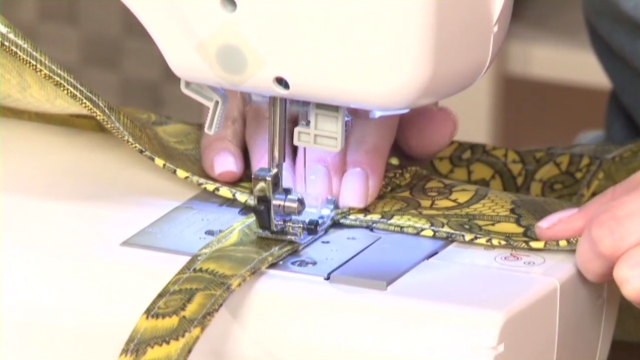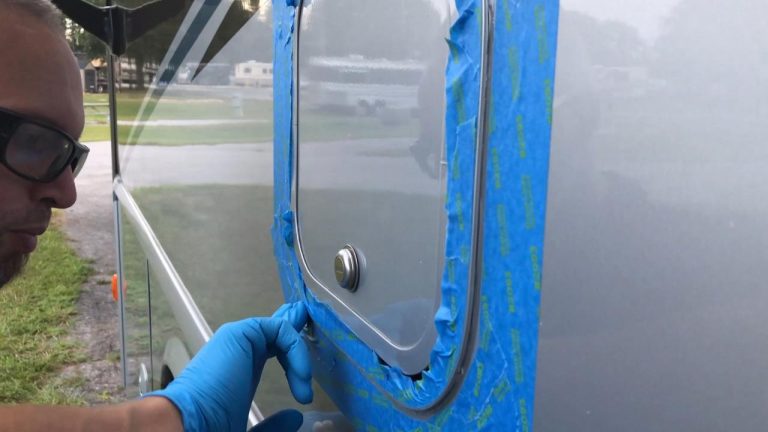
Overview of 50-Amp RV Electrical Systems
Dave SolbergIt is important to have a full understanding of how different RV electrical systems operate, including the different outside electrical sources available at campgrounds. With the installation of more residential appliances, RV electrical systems need power to keep everything running smoothly. 50-amp power cords may be needed to meet the demand of RV electrical systems and all appliances inside the motor home, especially if 2 roof air conditioners are needed.
Today’s average roof air conditioner can draw up to 14 amps. Using two air conditioners and other electrical equipment requires more than a 30-amp system. 50-amp plugs have 4 terminals a ground, a neutral, and two hot legs on opposite of each other on the plug.
If the campground source does not have a 50-amp plug in, an adapter can be installed to the plug for 30-amp service. A 30-amp plug in will limit the amount of power you get inside your RV, almost cutting the flow of the current by half. A 30-amp plug will only have three terminals, a neutral, a ground, and one hot leg. It is always best to plug RV electrical systems with 50-amp power cords into 50-amp power sources; however, if only a 30-amp plug is available, you will have to manually limit the amount of electricity used in your RV. This means possibly not running one of the air conditioning units and connecting RV electrical systems through a 50-amp adapter to step down the system to a 30-amp service.
When at home you can plug RV electrical systems into a plug in the garage or outside of the home, however, you need to be careful not to overload your home’s power system. Typical residential outlets are only 15-amp and require adapters to reduce the plug. If plugging into a 15-amp outlet, you will need to understand your power requirements and probably only run the refrigerator. Many residential outlets are connected together or “ganged” to other outlets so other appliances such as a refrigerator, freezer, or air compressor may also be connected to that circuit. It is best to bring in a certified electrician to install a dedicated plug in your garage that is at least 20-amp to be used for your RV. Verify what appliances you will be running inside your RV and consult your electrician for the proper amperage.
Know the different types of plugs and adapters required to step down power sources to fit your RV’s needs. A good understanding of the 50-amp electrical service in your RV will help you avoid any problems when traveling down the road.
Explore videos by Dave Solberg
You may be interested in
Premium Membership
Unlock exclusive member content from our industry experts.
- 24/7 Access to Premium RV Maintenance Videos, Travel Inspiration, and Lifestyle Tips
- Step-by-Step Instructional Demos, Projects, and Guides
- 50% Off Video Downloads Purchased in the RV Lifestyle & Repair Shop
- Access to Ask the Expert Program
Unlock exclusive member content from our industry experts.
- 24/7 Access to Premium RV Maintenance Videos, Travel Inspiration, and Lifestyle Tips
- Step-by-Step Instructional Demos, Projects, and Guides
- 2 Full-Length Video Downloads to Watch Offline
- 50% Off Video Downloads Purchased in the RV Lifestyle & Repair Shop
- Access to Ask the Expert Program
Gold Membership
$333 Value
Get everything included in Premium plus exclusive Gold Membership benefits.
- 24/7 Access to Premium RV Maintenance Videos, Travel Inspiration, and Lifestyle Tips
- Step-by-Step Instructional Demos, Projects, and Guides
- 9 Full-Length Video Downloads to Watch Offline
- 2 Full-Length RV Repair Classes to Keep for Life
- Discounts on Purchase-to-Own Content in the RV Lifestyle & Repair Shop
- Access to Ask the Expert Program
- Exclusive GOLD LIVE Streaming Events


